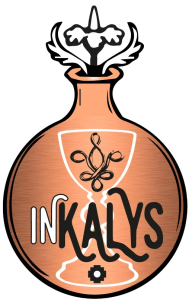Quality essential oils are important to achieve effective results and avoid harm. There are many alternative products to essential oils such as fragrances, oils, macerates, absolutes and extracts, but some of them are synthetic, adulterated or lack therapeutic properties. This article focuses only on pure essential oils obtained by steam distillation or, in some cases, cold pressing (e.g. citrus oils).
The term "therapeutic grade" refers to 100% pure essential oils, either from organic or wild agriculture, produced, stored, and sold under strict standards. These essential oils can be used for medicinal purposes, either topically or internally, under the guidance of a professional aromatherapist.
The 5 key points to determine if an essential oil is therapeutic grade are:
1. Steam Distillation
The correct extraction method is steam distillation, except for citrus essential oils which are obtained by cold pressing and some resins which require hydrodistillation. To obtain pure essential oils, the still must meet standards such as lead-free soldering. Distillation must be at atmospheric pressure and normal temperature, as high temperatures can alter aromatic molecules. The water used must be pure.
2. Organic Agriculture
Seeking an organic agriculture certification is crucial as pesticides and insecticides can dissolve into essential oils during distillation. Some oils may not have organic certification due to coming from wild plants not exposed to contaminants.
3. 100% Pure
Once the extraction method and plant material origin are known, the next step is to ensure it is a 100% pure essential oil and not diluted with a base oil or any other unwanted substance.
4. Storage and Shelf Life
To maintain the quality of essential oils, it's important to store them in dark glass bottles, preferably amber or blue, and keep them in a cool and dark place, away from light. The shelf life of essential oils depends on the plant, but under optimal conditions it can last from 2 to 5 years, and up to 10 years for some oils like Patchouli or Sandalwood.
5. Knowing the Chemotype
To identify the chemotype of an essential oil, a laboratory analysis called gas chromatography is done. This determines the identity and proportion of each chemical compound present. The chemical composition of certain plants can vary depending on their origin, resulting in different "chemical strains". Therefore, it is important to know the chemotype before using the oil for therapeutic purposes.

